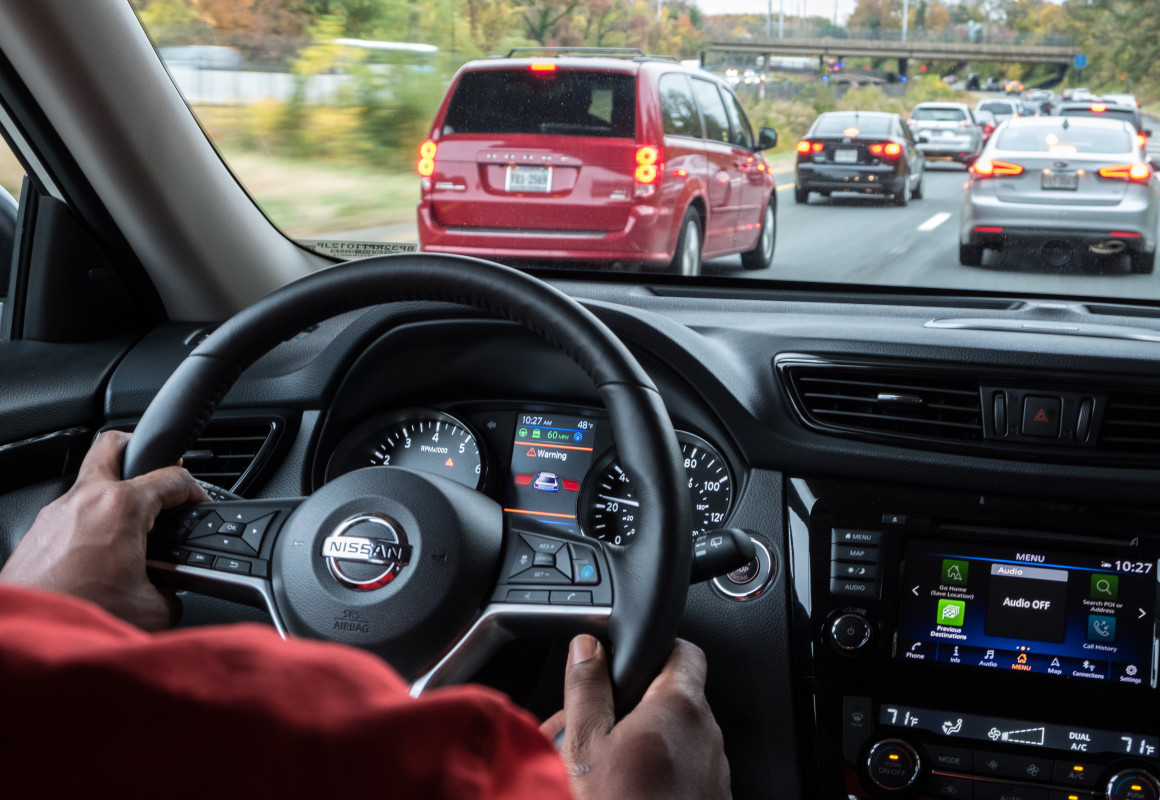
As in-car technology evolves, automakers are incentivized to stuff as many features into a car as possible to increase its viability against other vehicles on the market.
One feature often emphasized to the American car-buying public is a "safety suite" comprised of different software-based crash-avoidance and partial-automation systems designed to keep drivers on the road and out of harm's way.
Honda calls it Honda Sensing, Subaru calls it Subaru EyeSight, and Toyota calls it Toyota Safety Sense, but no matter what they are called, the complexities, purposes, and abilities of different systems can be confusing to most auto buyers.
Related: Nissan is bidding farewell to fan-favorite model after 23 years
A new study by the IIHS revealed a massive gap in the safety outcomes of cars with software-based crash-avoidance systems enabled and those with partial-automation systems.
Crash avoidance tech refers to software that actively prevents cars from colliding, such as automatic emergency braking, lane departure warnings, and blind-spot monitoring. On the other hand, features dubbed partial-automation systems include adaptive cruise control and lane-centering assist, which are meant to automate an aspect of driving.
IIHS data found a reduction in the number of collisions involving cars with crash avoidance tech, but the latter was not as effective in preventing crashes.

Nissan
In the study, IIHS researchers examined the systems within 2013-2017 BMW and Mini models and 2017-2019 Nissan (NSANY) Rogues. They found that Nissans equipped with automatic emergency braking functions saw an 8% reduction in property damage liability claims and no benefit added with adaptive cruise control or Nissan's ProPilot Assist partial automation system.
BMWs and Minis equipped with automatic emergency braking and forward collision warnings saw a 7% reduction in collision claim rates and 13% in property damage claims. Still, cars equipped with BMW's Driving Assistant Plus partial automation system saw no difference.
"Everything we're seeing tells us that partial automation is a convenience feature like power windows or heated seats rather than a safety technology," IIHS President David Harkey said.
More Automotive:
- Hyundai pressured dealers to play dirty sales trick, lawsuit alleges
- Ford CEO sends a stern warning for American car buyers
- Analysts have a bleak outlook for car dealers after CDK cyberattack
The study fails to mention that the two kinds of systems work entirely differently in practice.
According to the owner's manual of the 2019 Nissan Rogue, the automatic emergency braking system is on by default, and the same is true for BMW and other cars equipped with similar features.
On the other hand, partial autonomy systems such as adaptive cruise control and lane-centering assist are operated by the driver in the same manner as cruise control. These features are not always on when the start button is pressed or when the keys are turned in the ignition.
Additionally, the study points out that other factors, like headlights, play a decisive role in preventing collisions.
Related: Veteran fund manager picks favorite stocks for 2024







